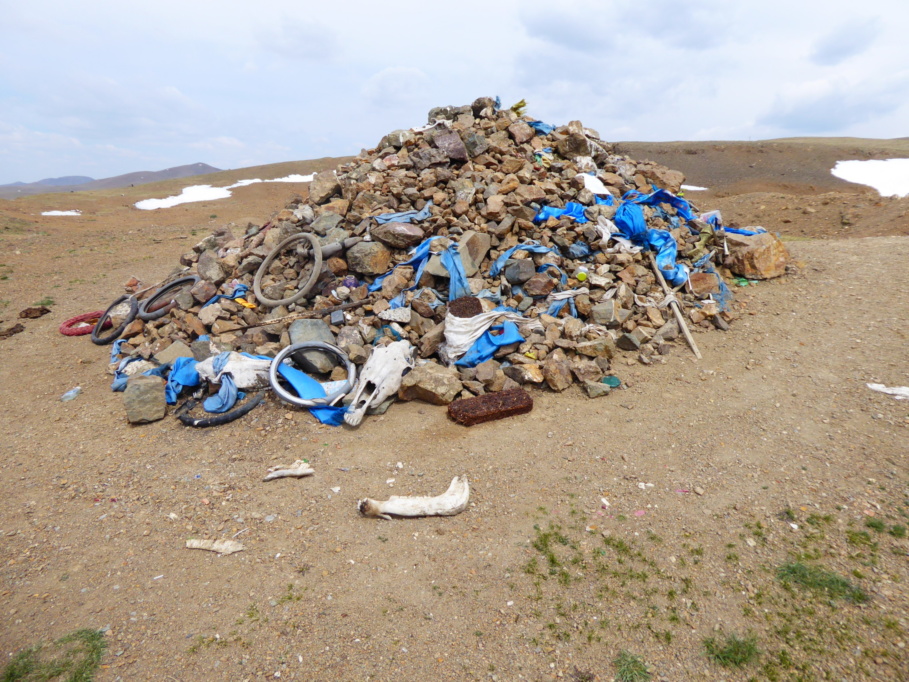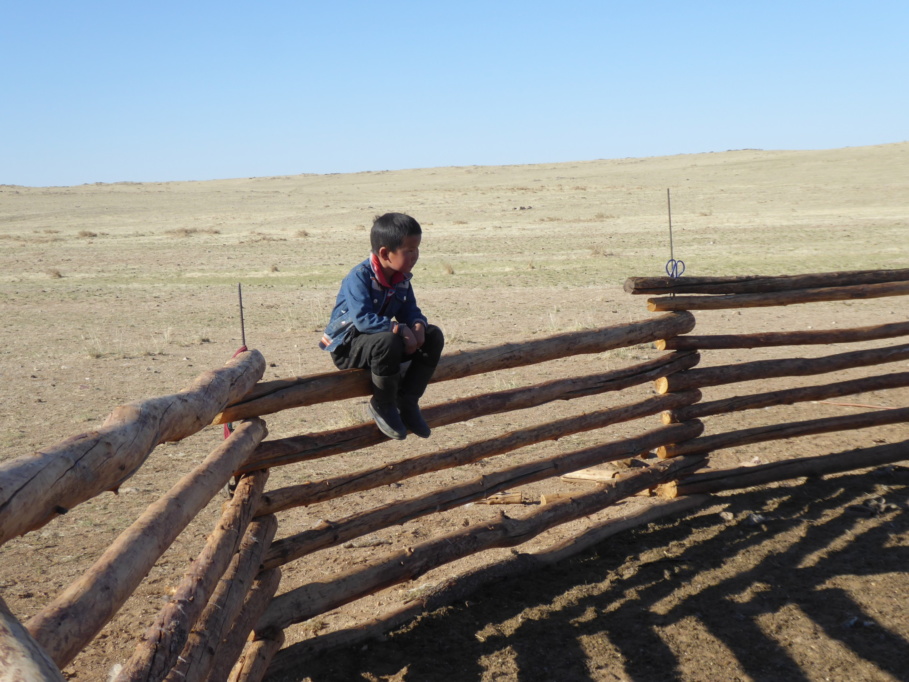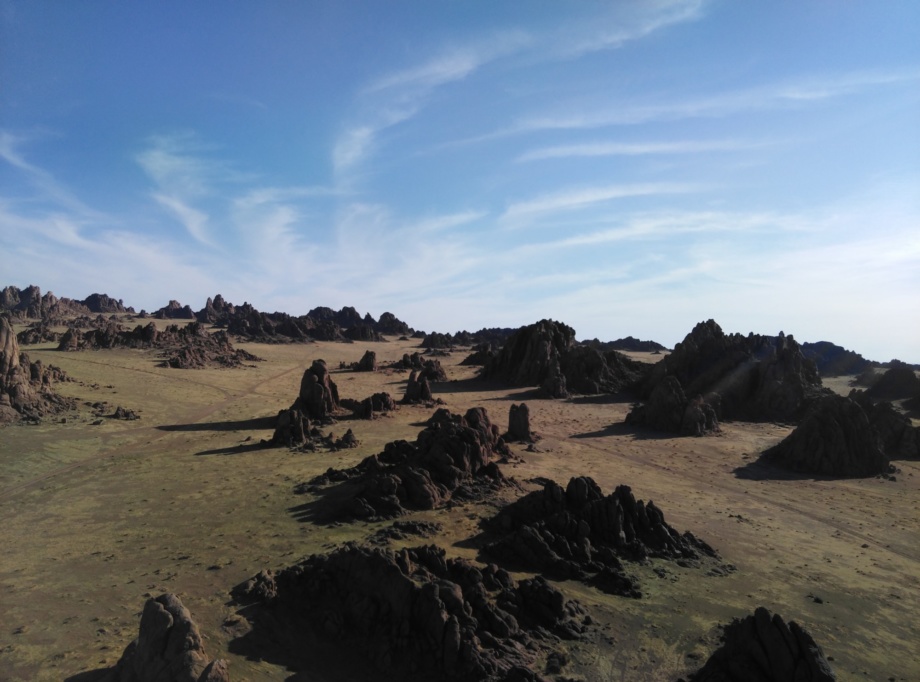GOBI DESERT DAY 2
MONGOLIA
On our second day in the Gobi Desert, we journeyed from Ich Nacht Nature Reserve to explore breathtaking rock formations and wildlife, experiencing nomadic hospitality and ancient traditions along the way.
Traveling in the Gobi Desert
Day 2: Ich Nacht Nature Reserve, Eastern Gobi
We woke to a cold, windless sunny morning in the Gobi Desert.
The nomadic herder was already up, bringing in horses and goats with his little boy running along behind him. The boy, now used to our presence, chattered away in Mongolian, proudly showing us his favorite pony and various birds around the camp. It was his job each morning to collect the dried animal dung, which they used to fuel the fire.
I watched the mother prepare the daily noodles. Flour, water, and a pinch of salt were kneaded and rolled, then dried out over the dung-fired stove and cut into strips to make noodles.
Victor cooked our breakfast, and we ate at our camp table. Just as we were packing up the car, Victor came to tell us that the family had cooked breakfast for us, so off we went for breakfast number two. Noodles and fresh mutton— the herder had driven over to his parents’ ger to collect some meat for our meal. We ate our noodles and mutton (yes, more noodles), drank our tea, posed for photos with the family, then climbed into the van and set off.
Today, we were heading for Ich Nacht Nature Reserve, hoping to see endangered Ibex goats and Argali sheep, both of which had been reintroduced to the park recently. We also wanted to see rock carvings dating from the 16th century, created by monks.
We traveled through the Gobi Desert, sometimes on tracks, sometimes not, with the UAZ really proving itself. The landscape was vast, with flat plains dotted with grazing animals and the occasional nomadic ger.
The terrain changed when we arrived at the Nature Reserve to 20-million-year-old rock formations. We climbed up from the plain into the park and immediately saw a herd of Argali sheep running through the hills.
We stopped at the park’s research station to ask the park ranger about the best places to see the goats, sheep, and carvings. The park ranger decided to spend the day with us, showing us around. He was amazing, introducing us to incredible rock formations, ancient carvings, and the diverse animals living in the park.
After a day of exploring, we set up our camp at the Research Station and walked down to the nearby “creek,” which was now just a small, muddy watering hole. The ranger had told us that Ibex came to drink each evening, so we hid among the rocks, hoping to see one. Though we spotted one high in the cliffs, we didn’t have much luck otherwise.
After dinner, we wandered over to the ranger’s ger to listen to him play his piano accordion. When we arrived, he immediately pulled out his stove, placed a big pot on it, filled it with water, and threw in an old dried mutton bone to soften the meat. Oh no, more mutton noodles…
Some musical instruments were brought out, and a few songs were sung before it was time to trot off to our tents and bed. Our first night in the tent in the Gobi Desert.



